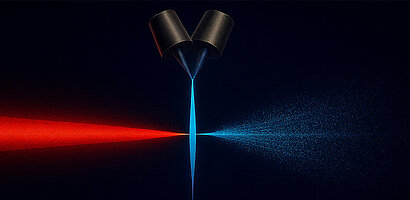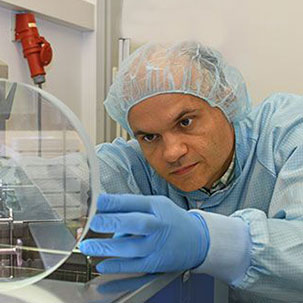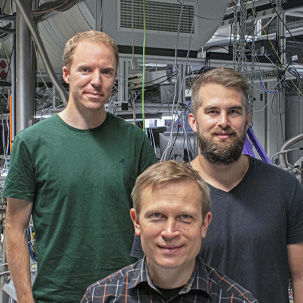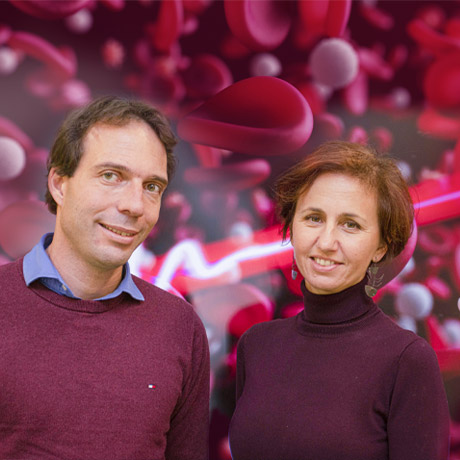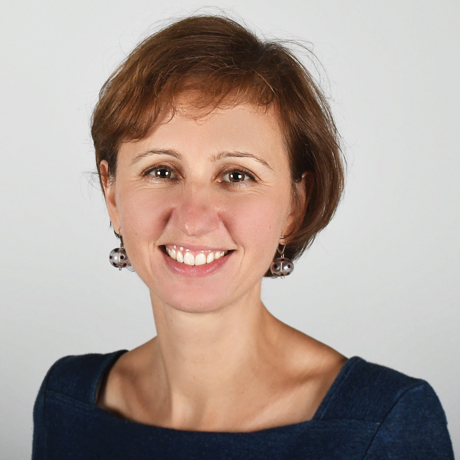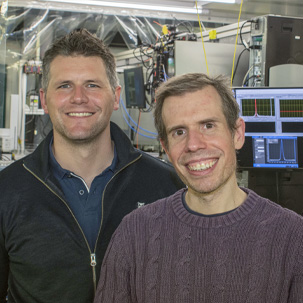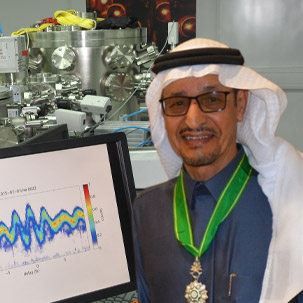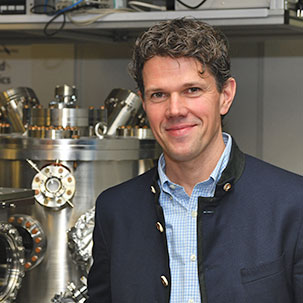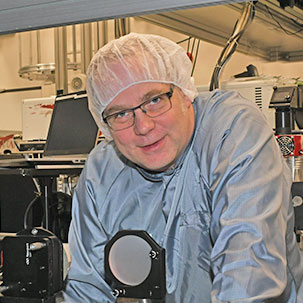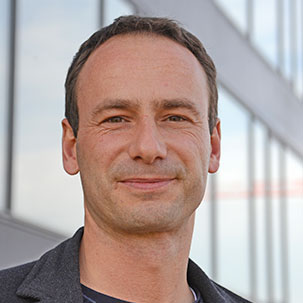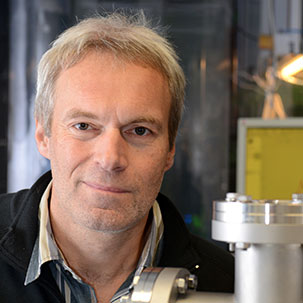CALA
Centre for Advanced Laser Applications
At the Centre for Advanced Laser Applications (CALA), located on the Research/HighTech Campus in Garching, physicists, physicians and biologists are exploring the practical potential of a unique array of state-of-the-art laser technologies. Their principal goal is to develop sensitive and cost-efficient laser-based methods for detection and therapy of cancer and other types of chronic disease, as early diagnosis is the key to successful treatment of these conditions.
Current efforts focus on the use of high-intensity X-rays for diagnostic biomedical imaging, and the application of laser-generated proton and carbon-ion beams to tumor therapy. In addition, CALA’s researchers are investigating innovative approaches to the analysis of blood samples and expired air by means of high-resolution laser-based infrared spectroscopy, which could provide the basis for risk-free screening procedures. less
At the Centre for Advanced Laser Applications (CALA), located on the Research/HighTech Campus in Garching, physicists, physicians and biologists are exploring the practical potential of a unique array of state-of-the-art laser technologies. Their principal goal is to develop sensitive and cost-efficient laser-based methods for detection and therapy of cancer and other types of chronic disease, as early diagnosis is the key to successful treatment of these conditions. ... more









